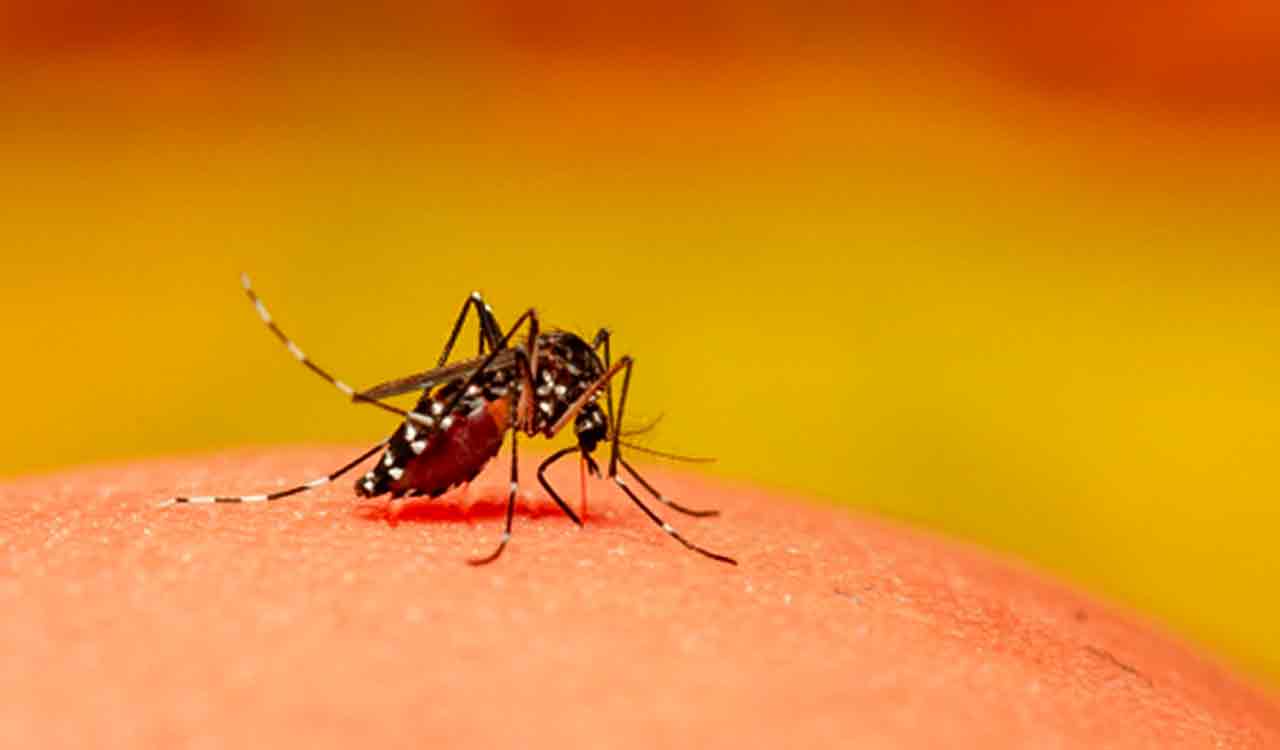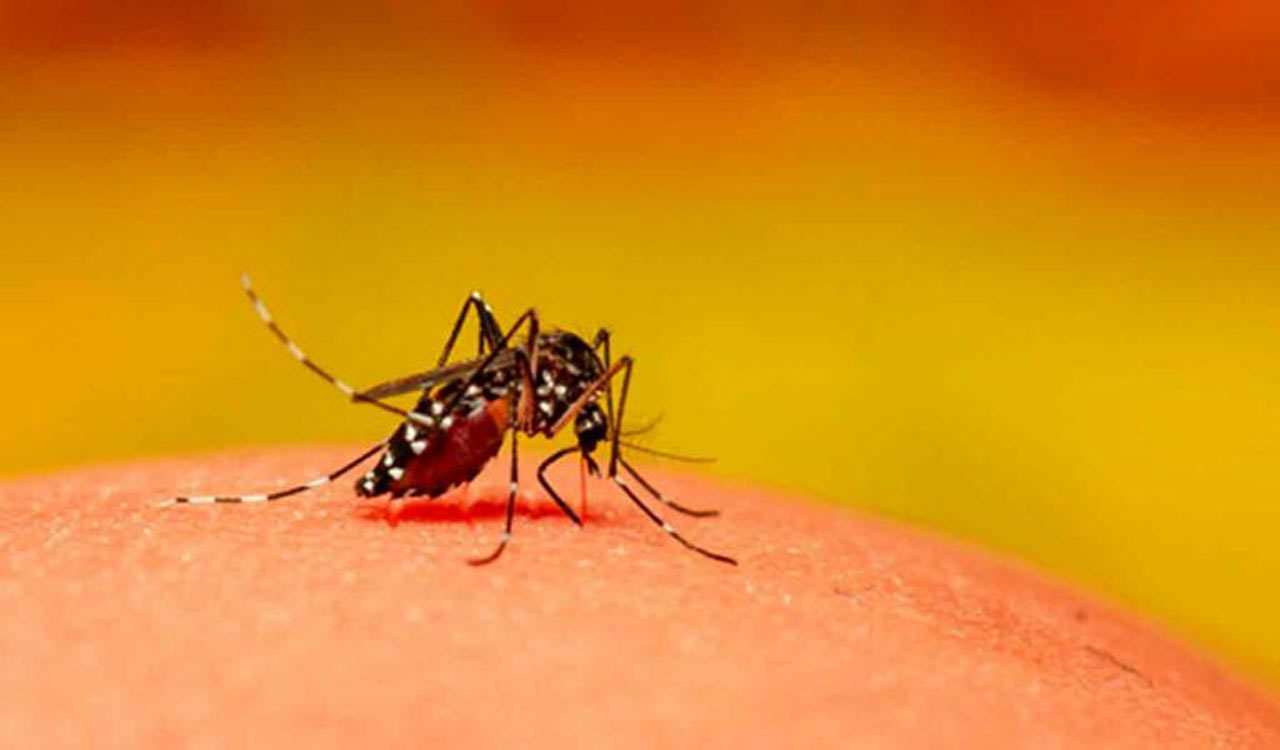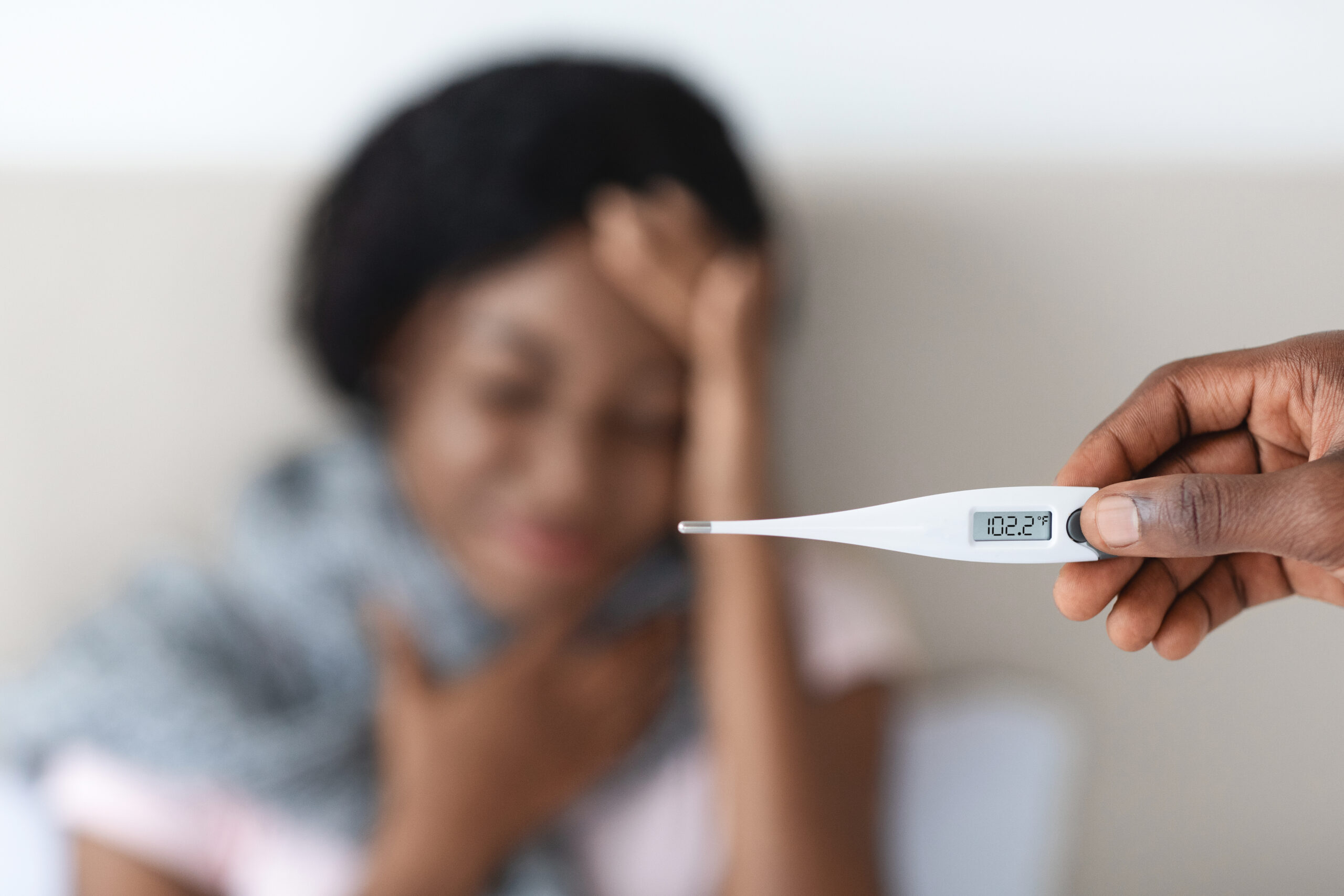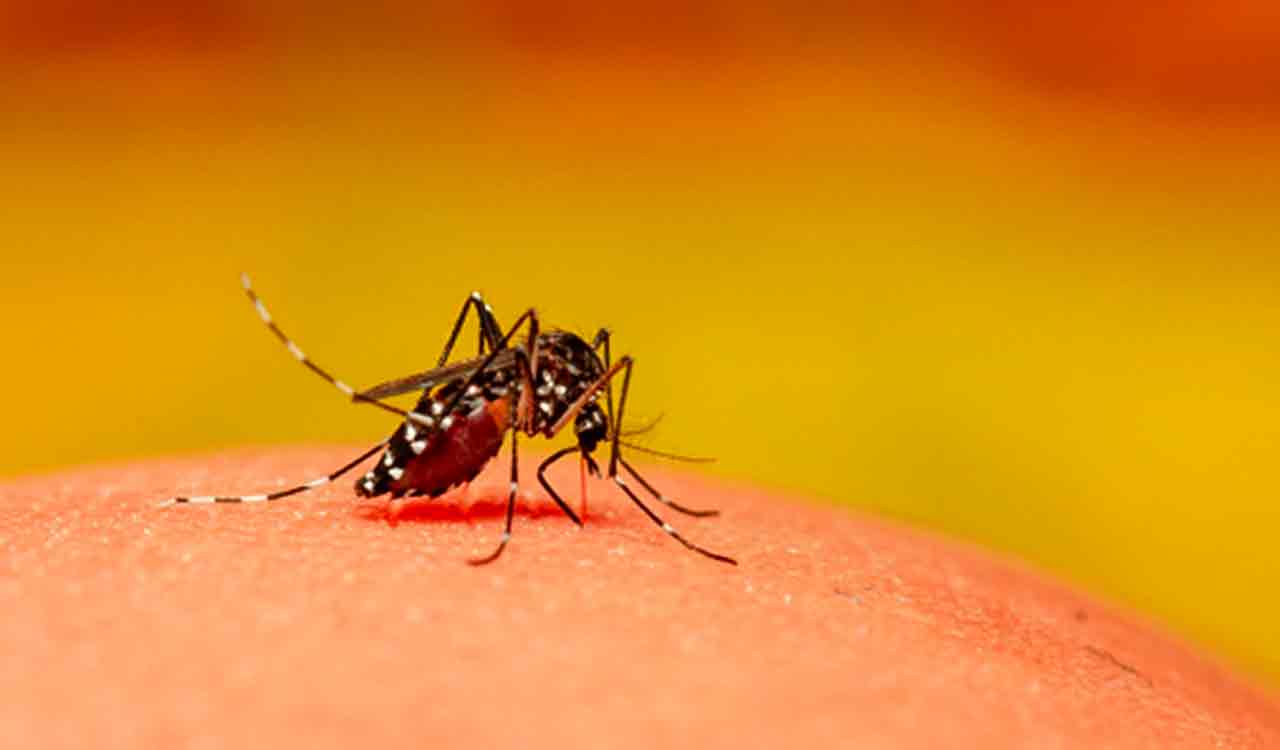US travel advisory exposes how Telangana govt underreported Chikungunya cases
Recently, Centres for Disease Control and Prevention alerted people flying from and to the US about the large number of undiagnosed cases of chikungunya in the State

Hyderabad: The travel advisory on the large number of chikungunya cases in Telangana, released by the US Centres for Disease Control and Prevention (CDC) on November 8, is not only an embarrassment for the State’s public health department but is also a reflection of the widespread culture of underreporting of seasonal ailments.
Based on the feedback from private healthcare institutions and senior doctors in Hyderabad, it was clear that between July and October of this year, Hyderabad and the districts of Telangana were under the grip of dengue and chikungunya, the twin vector-borne ailments spread by the bite of the Aedes aegypti mosquito.
Since dengue and chikungunya have common symptoms, all fever and joint pain cases were being labelled as dengue infections in Hyderabad. The CDC advisory from the United States is a clear indication that the State’s Public Health department was not even inclined to look to confirm chikungunya cases, which needs additional and appropriate care, when compared to dengue.
What did the CDC actually say?
In its briefly worded advisory, the CDC alerted people flying from and to the US about the large number of undiagnosed cases of chikungunya in Telangana. “CDC has identified a higher-than-expected number of chikungunya cases among US travellers returning from the State of Telangana, India,” the advisory said.
Senior doctors in Hyderabad have said the advisory is a clear indication that a lot of travellers had Chikungunya but many of them were not treated fully. As a result, by the time such individuals reached the US, they still had chikungunya, which was detected by the mandatory tests that are done as a part of the disease surveillance program in the US.
Chikungunya vs Dengue
While both dengue and chikungunya have a common mosquito vector (Aedes aegypti), there is a lot of difference in the symptoms and treatment modalities. One of the major challenges with chikungunya is that it tends to have a long-term (chronic chikungunya) impact on patients. While patients with dengue recover quickly if diagnosis and medication is done at the right time, there are numerous chikungunya patients, who continue to struggle with the ailment anywhere from three months to several years. Even after making a recovery, a large number of chikungunya patients are likely to continue to struggle with joint pains and stiffness.
Difference between dengue and chikungunya
Presentation
Chikungunya: Fever with joint pains; Dengue: Fever, headache, myalgia (pain in muscles) and bleeding
Fever
Chikungunya: Abrupt onset that lasts 3-5 days; Dengue: Acute onset lasting 5-7 days
Rash
Chikungunya: Appears on day 2 or 3; Dengue: Appears between days 5 and 7
Joint pains
Chikungunya: Frequent; Dengue: Less common
Pains
Chikungunya: Joint pains are predominant; Dengue: Muscle pain is dominant
Bleeding
Chikungunya: Not common; Dengue: Common
Organ involvement
Chikungunya: Rare; Dengue: Common
Low white blood cells
Chikungunya: Not frequent; Dengue: Common
Low platelet count
Chikungunya: Not frequent: Dengue: Common
Related News
-
Cartoon Today on December 25, 2024
2 hours ago -
Sandhya Theatre stampede case: Allu Arjun questioned for 3 hours by Chikkadpallly police
3 hours ago -
Telangana: TRSMA pitches for 15% school fee hike and Right to Fee Collection Act
3 hours ago -
Former Home Secretary Ajay Kumar Bhalla appointed Manipur Governor, Kerala Governor shifted to Bihar
3 hours ago -
Hyderabad: Organs of 74-year-old man donated as part of Jeevandan
3 hours ago -
Opinion: The China factor in India-Nepal relations
4 hours ago -
Editorial: Modi’s Kuwait outreach
4 hours ago -
Telangana HC suspends orders against KCR and Harish Rao
5 hours ago




